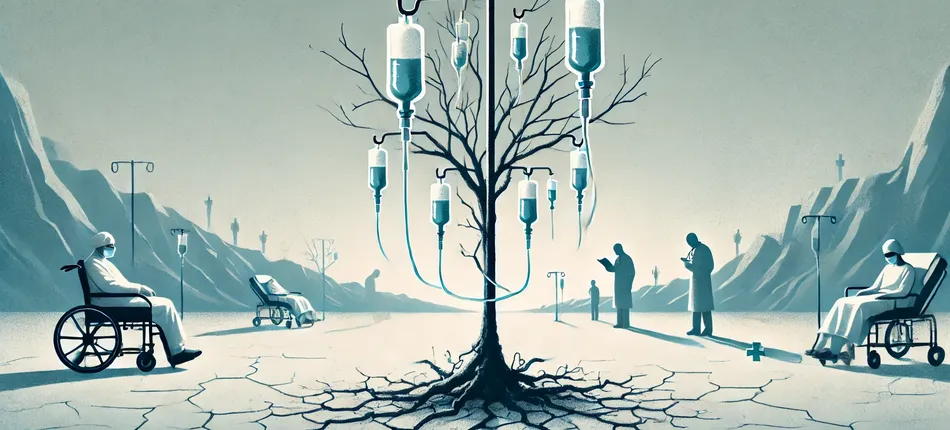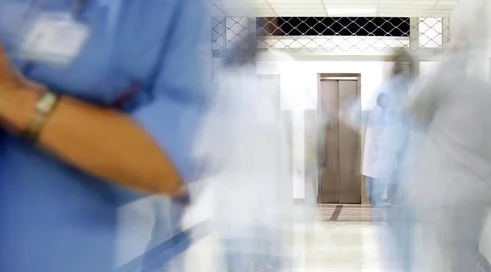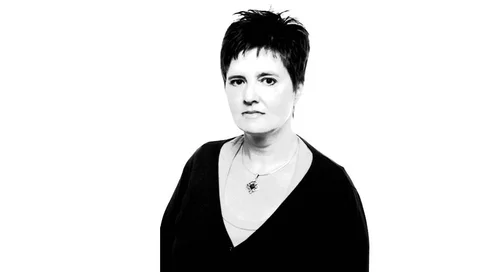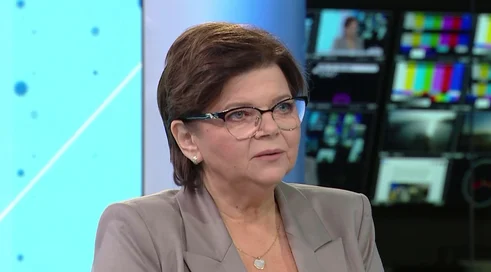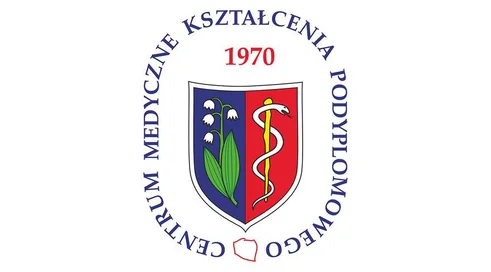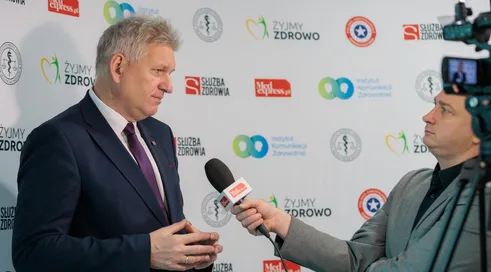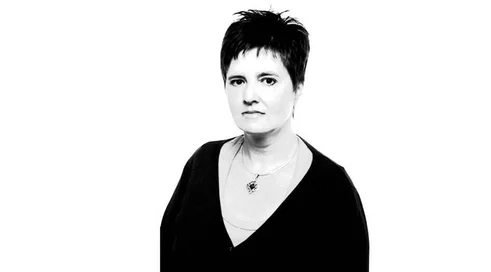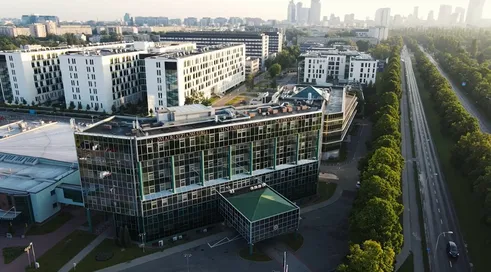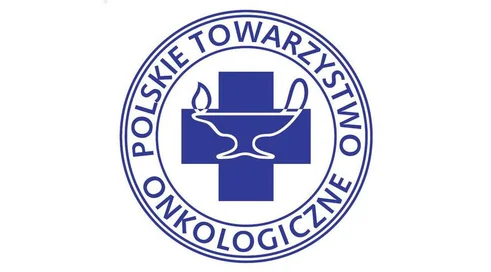Where did this crisis come from?
First and foremost, from years of neglect and the fact that the system, its stakeholders say, remains starved for decades. For decades, it has been operating with two currencies - money (from public or private sources) and time. Patients' time - that measured in months, sometimes years of waiting in lines - and employees' time, working significantly more than full time (and common sense).
The second reason is the decisions that were made in the previous two terms. In 2017-2018, an increase in public spending to 6 percent of GDP was promised (and enshrined in the form of a law), then the promise was increased to 7 percent of GDP, but statutory provisions, primarily the n-2 rule, meant that this provision remained dead. Poland, according to international reports, still spends less than 5 percent of GDP - this gives us one of the last places in the EU. But that's not all: costs were significantly increased in 2022-2023, with the passage of the Law on Minimum Wages in Health Care without providing a source of funding for it. It also shifted to the Fund the financing of virtually all health services previously paid for by the Ministry of Health.
In turn, changes in the law that ...
Content locked
To gain access to the complete English section of the Medexpress.pl, kindly reach out to us at english@medexpress.pl.



